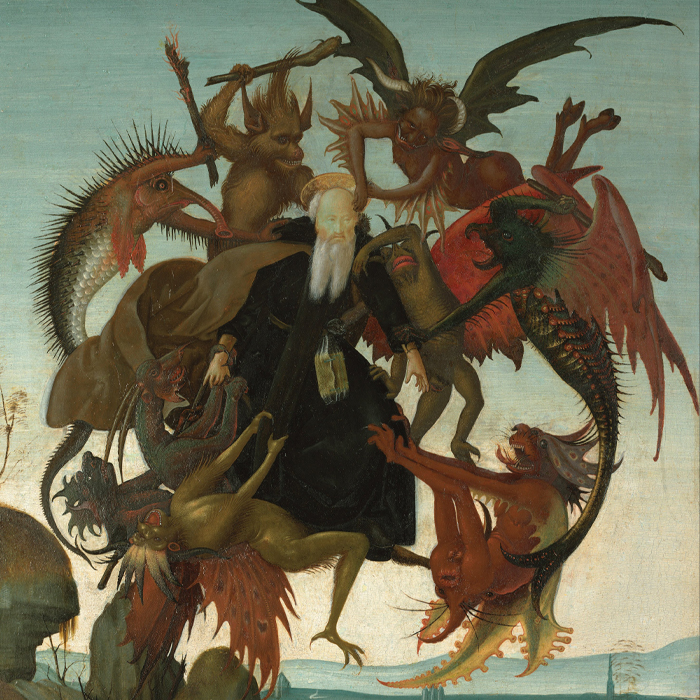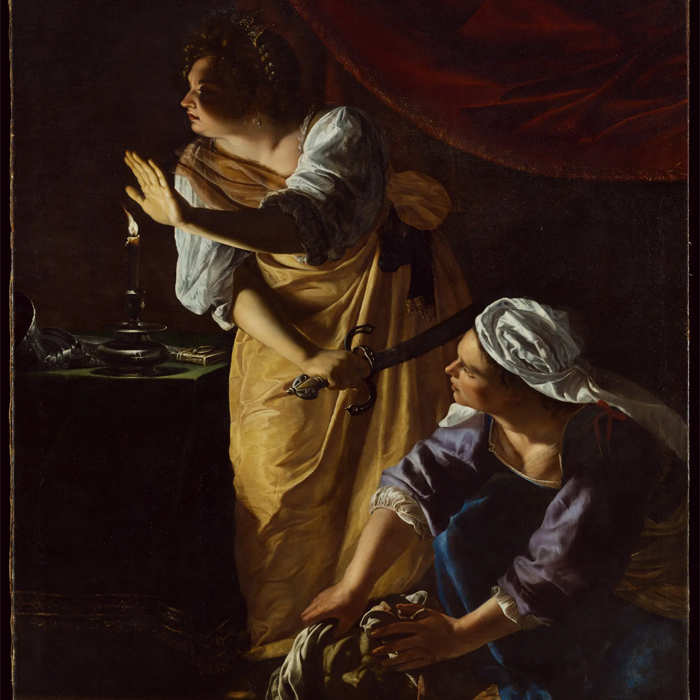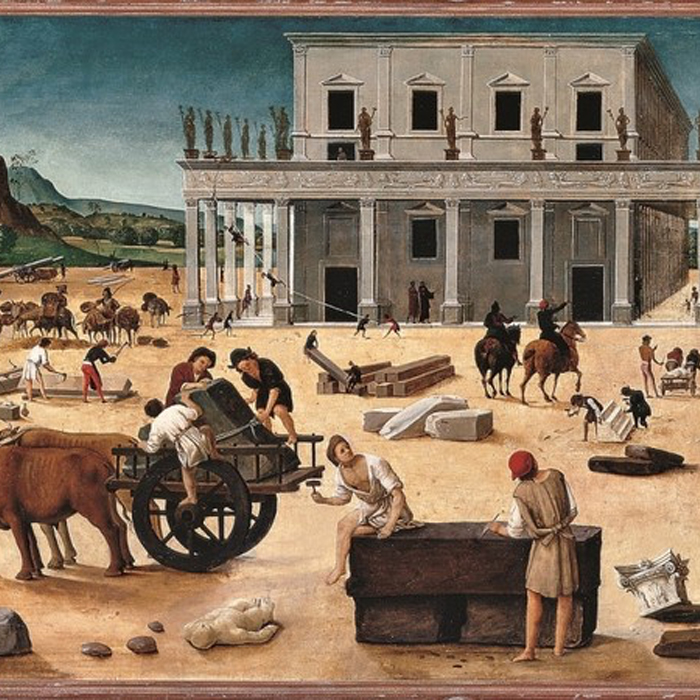Beginning in the mid-1800s, American art enthusiasts sought out Italian paintings for their personal collections. Like European collectors, they had a taste and passion for Italian Renaissance art. The thirst for Italian Renaissance art continued through the post-World War II era.
Over the next 150 years, a small group of American collectors gained great influence over the art collections that would eventually fill our country’s museums. They relied on trusted advisors to help them navigate tricky auction houses and private collections in Europe. They also traveled extensively to visit artists, collections, and auction houses to hand-select Italian masterpieces.
American collectors made a permanent mark on the American public’s access to fine art. Fortunately, many of these collectors wanted to share their collection so we can enjoy authentic Italian art without ever getting on a plane. Here are 7 incredible Italian Renaissance paintings you can find in America:

Ginevra de Benci
Leonardo da Vinci 1494-98
National Gallery of Art, Washington, DC
This is known to be the only painting by Leonardo da Vinci that exists in America. It’s a portrait of a Florentine lady, with the likeness of Ginevra de Benci and one of the most important works of the Italian Renaissance in America. In this early portrait, Leonardo is beginning to change the way women are portrayed. Ginevra is not just a status symbol but a real person. Rather than focusing on her clothing or jewelry, you are drawn toward the girl’s beautiful curious face. Ginevra seems to look through us instead of at us. The thought-provoking nature of this piece is what sets this portrait apart from other Italian portraits of the time.
Saint Anthony Tormented by Demons
Michelangelo Buonarroti 1487
Kimbell Art Museum, Fort Worth, TX

This is Michelangelo’s only painting in America. It shows Saint Anthony, according to the Golden Legend, who lived as a hermit with a pig. It wasn’t long before visions of demons began to torment him. Art historians believe Michelangelo painted this picture while he was training in Master Ghirlandaio’s studio at the age of 13.

Judith and Her Maidservant with the Head of Holofernes
Artemisia Gentileschi 1623-25
Detroit Institute of Arts, Detroit, MI
One of the only female artists to rise above male artists in pre-modern Italy, Artemisia Gentileschi was a powerful figure by the turn of the seventeenth century. This painting depicts the biblical Judith’s beheading of Holofernes - a subject Artemisia returned to more than once over the course of her career. The dramatic lighting is emblematic of the school of Caravaggio, but the painting’s details hold their own.
The Building of a Palace
Piero di Cosimo 1480s
Ringling Museum, Sarasota, FL

Painted by Florentine artist Piero di Cosimo, most art historians believe the building in the background represents a fictional palace rather than a real one. In the 1920s, John Ringling started the construction of his own Italian Renaissance palace in Sarasota, Florida that he imagined as a Venetian gothic palace. As part of his estate, Ringling passed on his palace and art collection to the people of Florida.

Portrait of Costanza Alidosi
Lavinia Fontana 1595
National Museum of Women in the Arts, Washington, DC
Lavinia Fontana, another successful female artist of the Italian Renaissance, painted this portrait of Bolognese noblewoman Costanza Alidosi. The figure turns her body toward the viewer, meeting your eyes with a sober expression. The artist brought to life the gold embroidery, intricate lace collar, and luxurious fabrics. Fontana depicts Costanza as a powerful, intimidating presence.
Portrait of a Venetian Nobleman
Vittore Carpaccio 1510
Norton Simon Museum, Pasadena, CA

This portrait by Vittore Carpaccio portrays an intimidating Venetian nobleman whose prominent presence is quite intriguing because we don’t know who or what he’s looking at. His gaze gives us the idea of a tough character with a sense of fashion and flair.

Madonna and Child with Two Angels
Francesco Francia, 1495-1500
North Carolina Museum of Art, Raleigh, NC
Francesco Raibolini, known as Francesco Francia, is an unsung hero of Italian Renaissance art. Originally from Bologna, he worked as a goldsmith and his paintings shine with an inner luminescence that feels well suited for an Italian Renaissance Madonna and Child. The North Carolina Museum of Art holds many impressive works of Italian Renaissance paintings.
Arianna DiCicco
Arianna DiCicco is an educator and writer from California, born into an Italian American restaurant family with strong ties to her grandparents’ home in Abruzzo, Italy. She has lived in San Francisco, Rome and New York City where she’s made deep connections within the Italian communities and gained new perspectives about her own culture. With a Masters in International Education, Arianna has a love and passion for learning and educating others about Italian history & culture.


